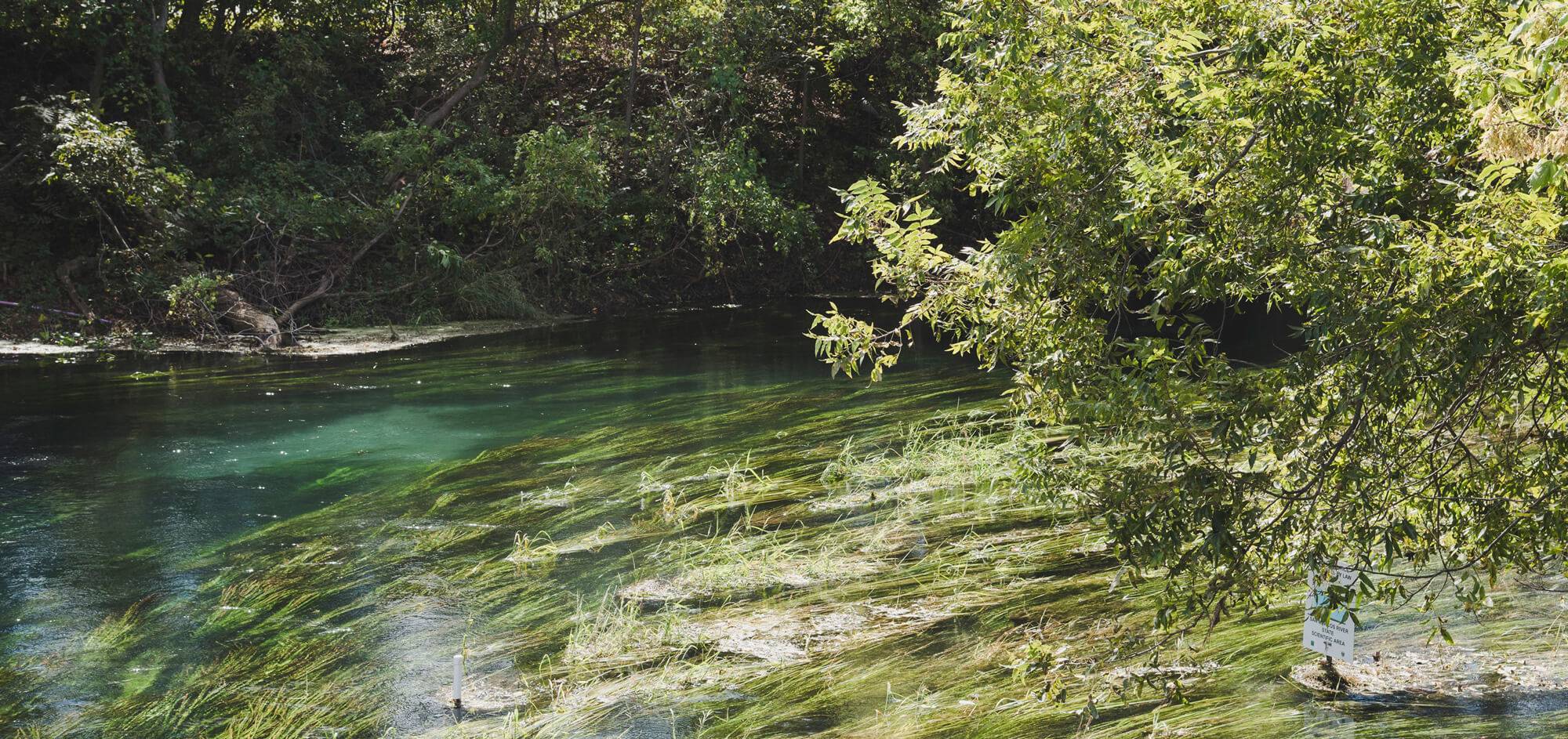About Us

Texas State University Stormwater Management Program
Texas State University is responsible for developing and implementing a Stormwater Management Program (SWMP) that is updated every 5 years. The Texas State SWMP outlines best practices for managing stormwater runoff and preventing pollution to our creeks, rivers, lakes, and oceans. To review resources such as the SWMP, Annual Reports, or other documents, please visit our Resources page. The SWMP is managed by the Environmental Health, Safety & Risk Management office. For a list of other departments involved or questions, please contact us via email (stormwater@txstate.edu) or by phone at 512-245-3616.
What is a SWMP?
A Stormwater Management Program (SWMP) is an administrative document developed to describe different methods for stormwater management. In other words, a SWMP outlines various methods for preventing pollution to nearby waterways. These methods can include litter pickup events, storm drain marking, inspections, or other similar activities. The SWMP is designed to outline goals and objectives specific to Texas State University.
What is an MS4 Operator?
A Municipal Separate Storm Sewer System (MS4) is a system of conveyances (i.e. ditches, channels, or storm drains) that transports stormwater into waterways. The MS4 Operator is responsible for implementation of the SWMP and operation of the MS4.
Why is Texas State required to implement a SWMP?
In 2013, Texas State became a regulated MS4 based on the 2010 United States Census. This designation required the City of San Marcos to obtain MS4 Permit coverage. Texas State, which resides within the San Marcos city limits, also obtained separate coverage under this discharge permit. While Texas State University does not share a SWMP with the City of San Marcos, both entities work collaboratively on a number of tasks to ensure compliance with each of their permits.
What are the required elements of a SWMP?
The purpose of a SWMP is to address pollutants of concern and minimize pollutants in stormwater runoff that are discharged from MS4s into surface waters. This program is a campus-wide initiative that strives to improve the quality of water that is discharged to Sessom Creek and the San Marcos River, among other areas. Elements of the program are described in five Minimum Control Measures (MCMs):
- MCM-1: Public Education, Outreach and Involvement
- MCM-2: Illicit Discharge, Detection and Elimination
- MCM-3: Construction Site Stormwater Runoff Control
- MCM-4: Post-Construction Stormwater Management in New Development and Redevelopment
- MCM-5: Pollution Prevention and Good Housekeeping for Municipal Operations
